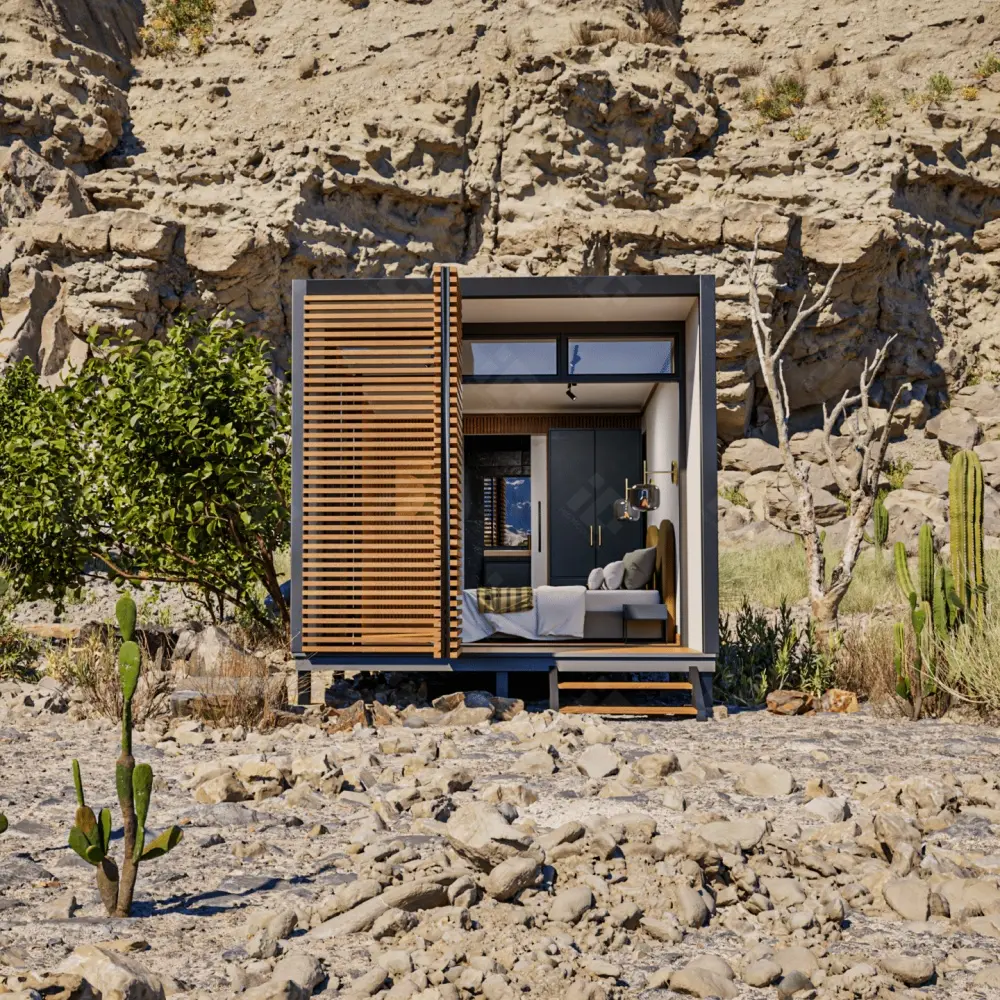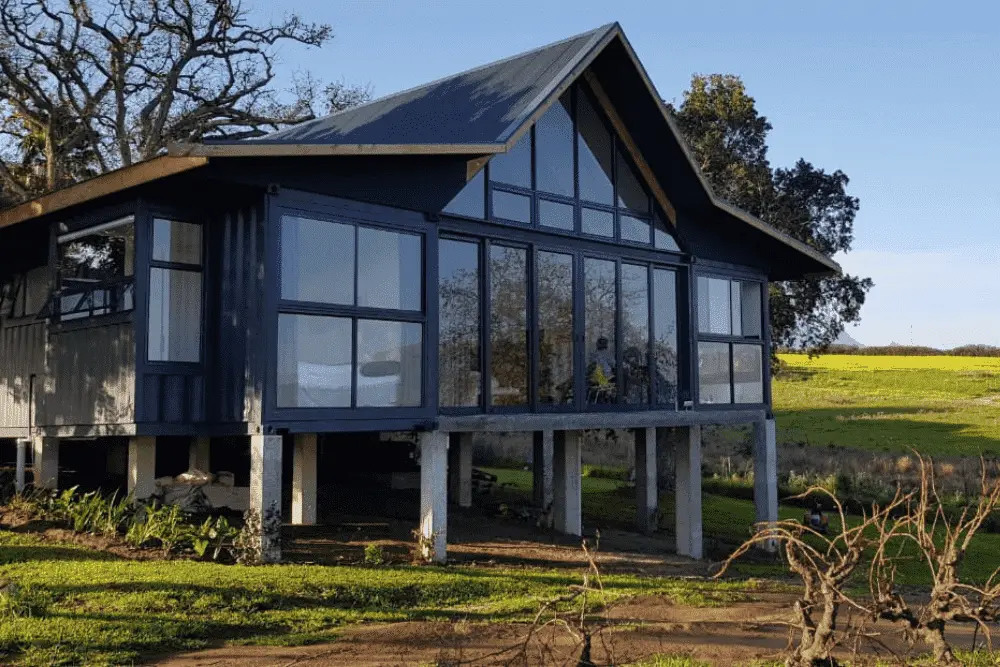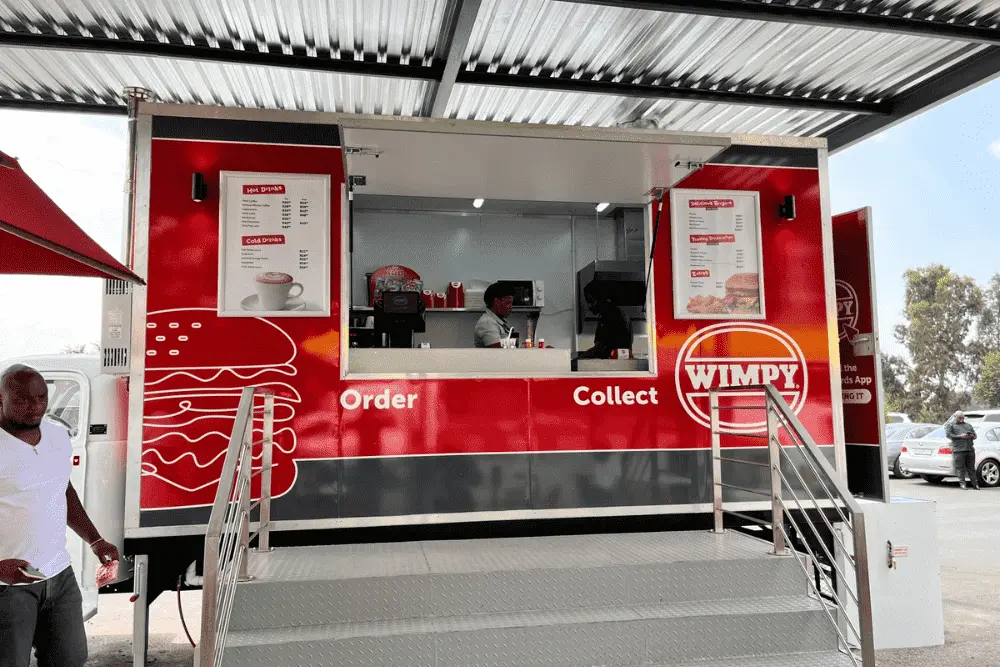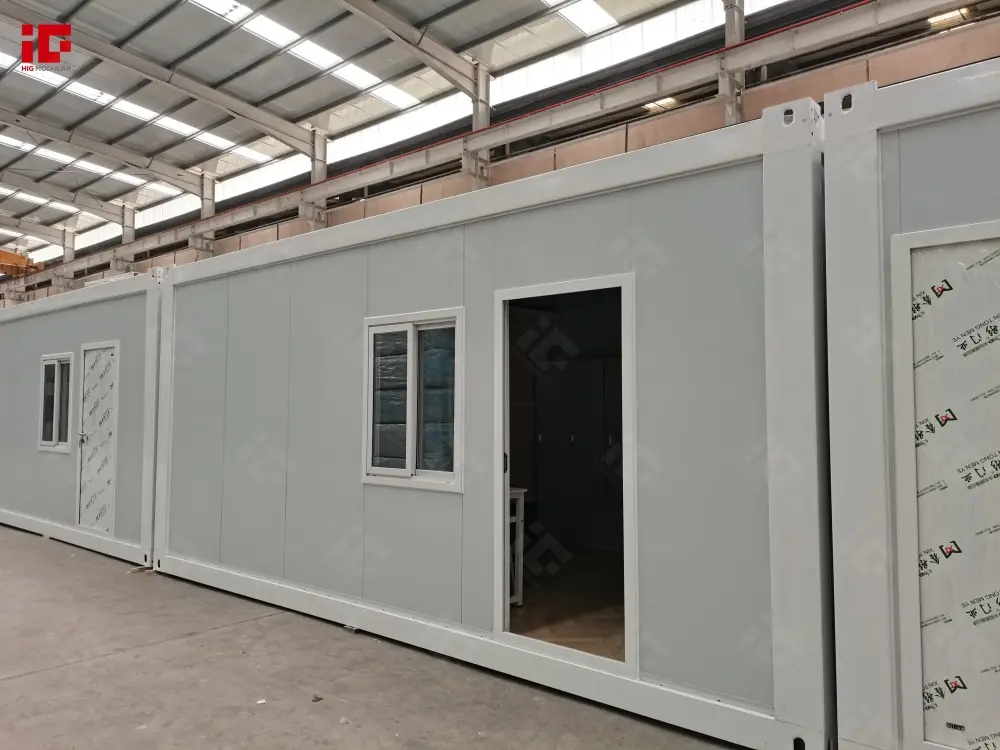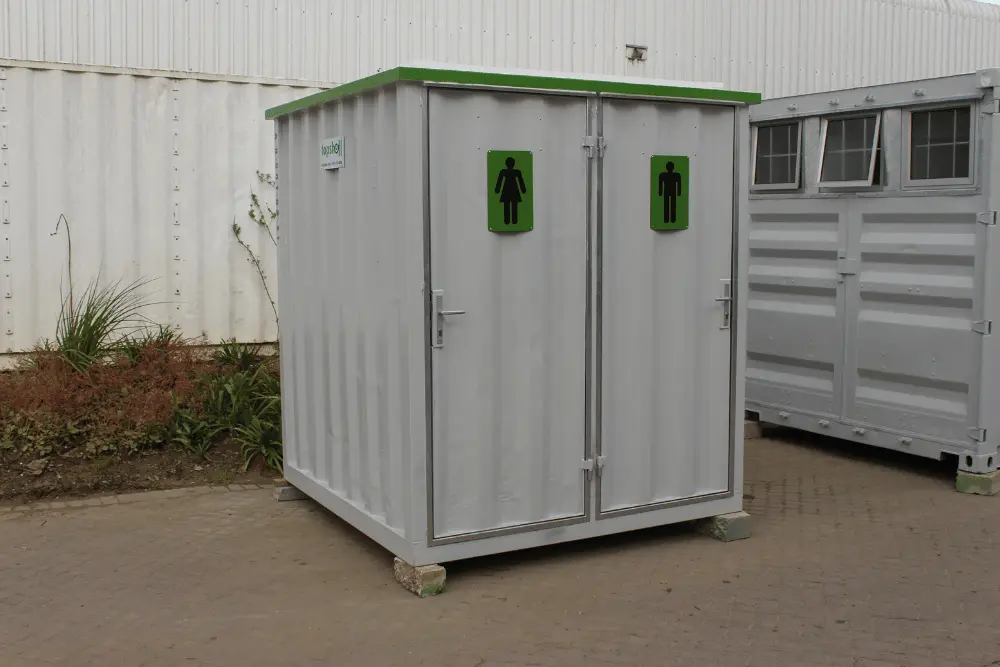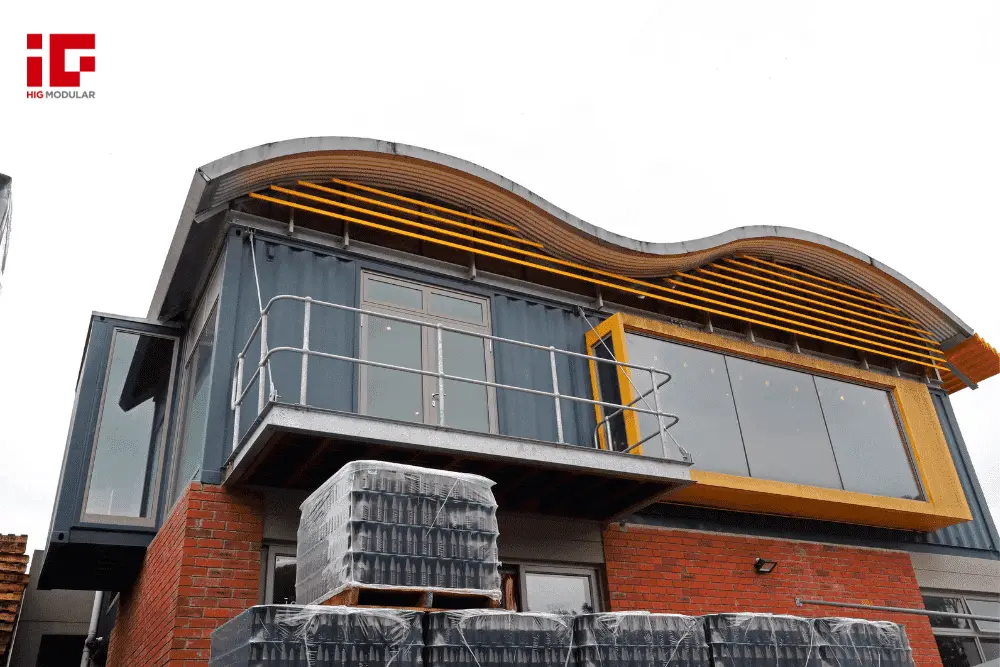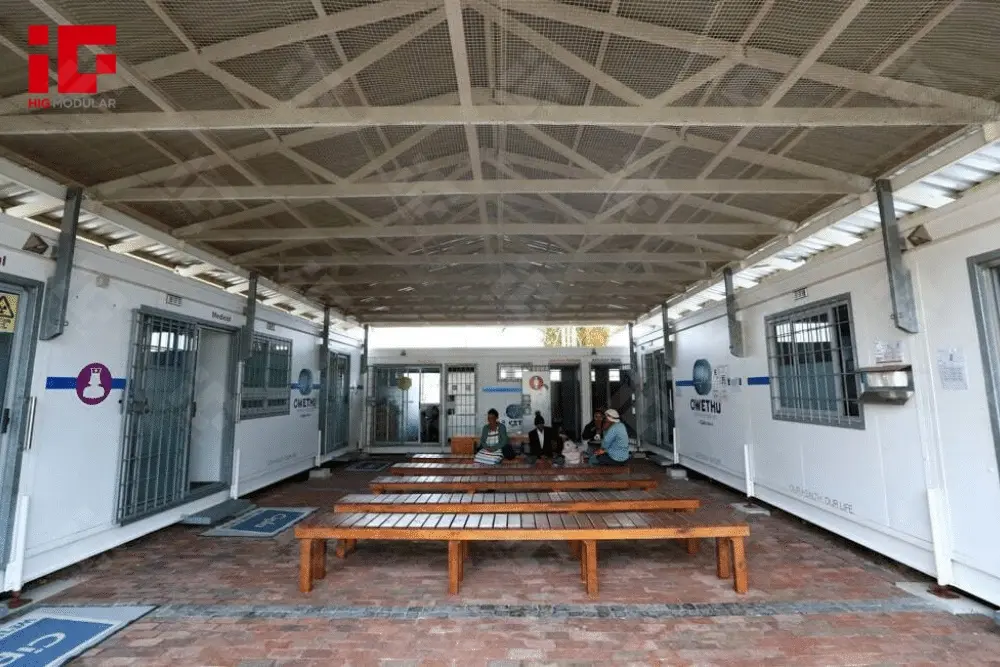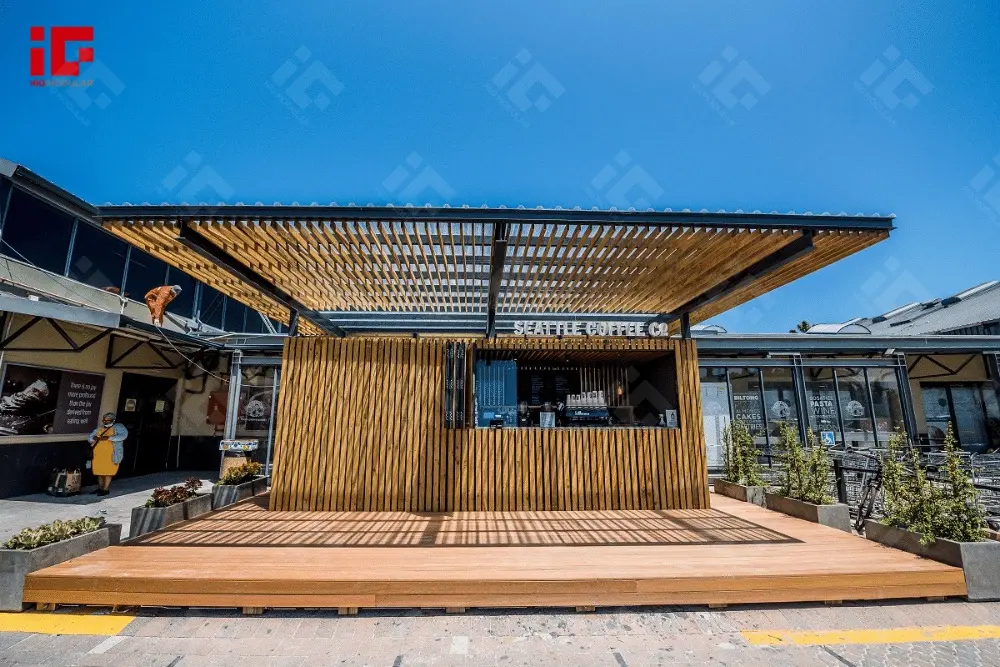News Categories
Featured News
0102030405
Detachable Container Houses: Navigating Challenges to Dominate Tomorrow's Construction Landscape
2025-06-04
Detachable Container houses have captured imaginations with their promise of sustainable, flexible living. Yet, to transcend niche status and become a mainstream construction solution, the industry must confront hurdles—regulatory complexity, cost concerns, and public perception—while seizing emerging opportunities. This article explores how detachable container houses can evolve from novelty to necessity, shaping the future of architecture.
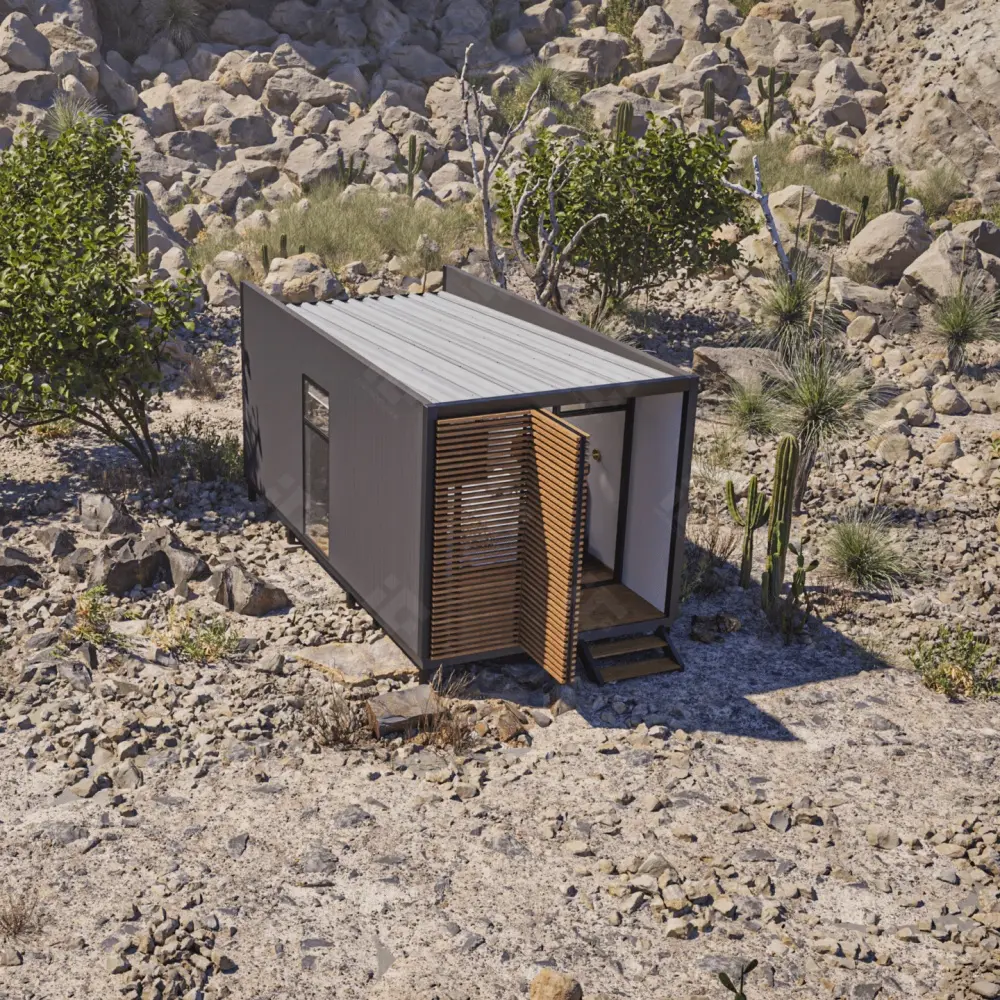
Industry Growth Drivers: Why Detachable Container Houses Are Poised to Boom
Several macro - trends are fueling the demand for detachable container houses:
Travel and Hospitality Innovation
The $187 billion global vacation rental market (Statista, 2025) craves uniqueness. Detachable container houses offer “experiential stays”—such as cliffside pods or forest cabins—that traditional hotels can’t match. The showcased desert vacation house, with its minimalist design, appeals to travelers seeking isolation and sustainability. As “bleisure” (business + leisure) travel rises, detachable container houses could also serve as remote work hubs, with fast Wi - Fi and ergonomic setups.
Urbanization and Housing Shortages
By 2050, 68% of the global population will live in cities (UN Habitat). Detachable container houses can alleviate density pressures: modular high - rises, student housing, or affordable micro - units. In Singapore, developers are testing stackable detachable container houses for public housing, reducing construction timelines by 50% compared to traditional methods.
Policy and Environmental Mandates
Governments worldwide are tightening environmental regulations. The EU’s Circular Economy Action Plan, for example, incentivizes the use of recycled materials in construction. Detachable container houses, built from repurposed containers, align perfectly with such policies, qualifying for green subsidies and tax breaks.
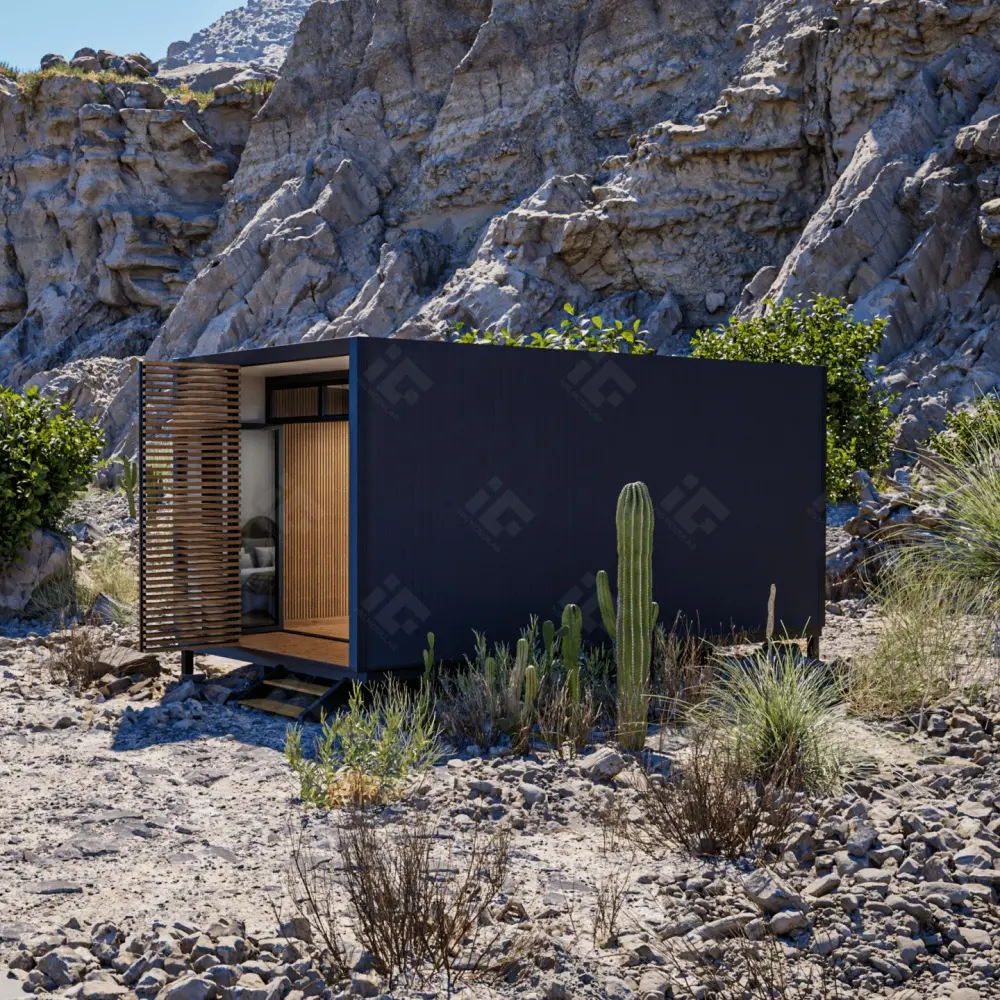
Challenges: Barriers to Widespread Adoption
Despite their promise, detachable container houses face significant roadblocks:
Regulatory Maze
Building codes are slow to adapt to modular structures. In the U.S., for instance, the International Building Code (IBC) has strict requirements for prefabricated housing, varying from state to state. A detachable container house approved in California may not meet Texas’ seismic standards, delaying projects and increasing costs.
Perception: “Cheap” vs. “Chic”
Many still associate containers with cargo ships or dilapidated storage units, not luxury living. Overcoming this stigma requires showcasing high - end designs—like the desert vacation house, which marries elegance and functionality. Without visual proof, consumers may dismiss detachable container houses as inferior to traditional homes.
Cost Dynamics
While detachable container houses save money in the long run (lower energy bills, faster construction), upfront costs can be higher than expected. Customization (e.g., premium materials, smart tech) and small - scale production drive prices up. For developers, balancing affordability and quality remains a tightrope walk.

Strategies for Overcoming Hurdles
To unlock the potential of detachable container houses, stakeholders must act on three fronts:
Standardization and Advocacy
Industry bodies (e.g., the Modular Building Institute) should push for global standards, simplifying compliance. Certifications like LEED (Leadership in Energy and Environmental Design) can validate the sustainability of detachable container houses, making them more bankable for investors.
Design - Centric Marketing
Brands must rebrand detachable container houses as “architectural innovations,” not just recycled containers. Highlight success stories: the seamless integration of the desert vacation house with nature, or a luxury detachable container house community in Bali. Collaborations with renowned architects (e.g., Zaha Hadid Architects) could elevate perceptions.
Economies of Scale
Mass production will drive down costs. Manufacturers should invest in automated factories to streamline module production. Partnering with shipping companies to source discounted used containers can also reduce raw material expenses.
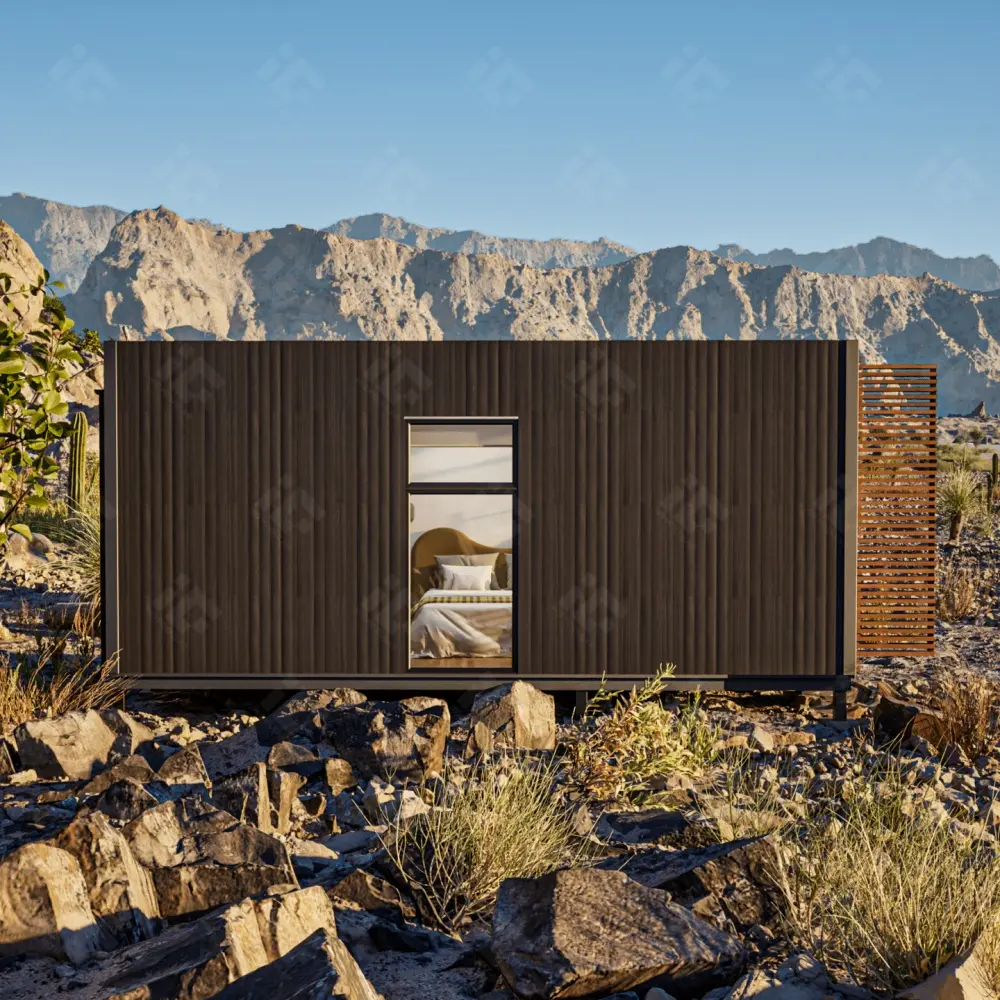
Future Trends: Beyond Housing
Detachable container houses are poised to disrupt industries far beyond hospitality and residential living:
Smart, Connected Spaces
The “Internet of Things” will transform detachable container houses into self - sufficient ecosystems. Imagine a detachable container house with AI - powered climate control, self - cleaning surfaces, and drone - delivered supplies. For the desert vacation house, this could mean solar panels that track the sun, or water harvesting systems that optimize usage.
Multi - Purpose Modularity
Schools, clinics, and offices could all go modular. A detachable container house could serve as a rural health clinic during the day and a community center at night, adapting to changing needs. In conflict zones, detachable container houses could be rapidly deployed as field hospitals or refugee shelters.
Space Exploration Inspiration
NASA is already exploring modular habitats for Mars colonization. The principles of detachable container houses—prefabrication, adaptability, and resource efficiency—mirror those needed for off - world living. Earth - bound detachable container houses could even serve as testbeds for lunar or Martian architecture.

Conclusion
Detachable container houses stand at a critical juncture. Their success hinges on overcoming regulatory, perceptual, and cost challenges while capitalizing on technological and market trends. As they evolve into smarter, more stylish, and more accessible structures, detachable container houses could redefine not just how we build, but how we envision the future of human habitation—on Earth and beyond. The desert vacation house is just the beginning; the next chapter will be written by innovators bold enough to see containers not as limits, but as possibilities.
